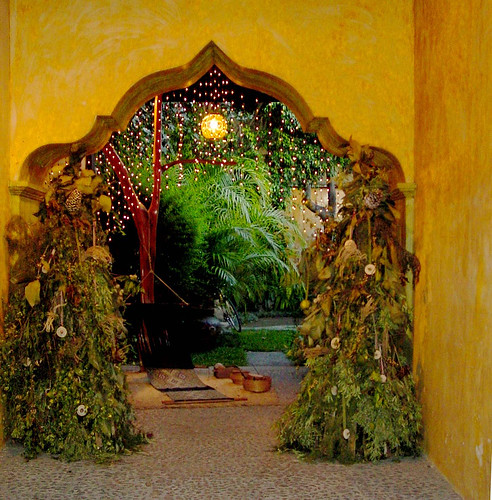
With many people from different countries moving to Guatemala there are many forms of Christmas that takes place in this unique country. But as tradition would have it Guatemala natives celebrate Christmas in their own unique way.
Guatemalans also celebrate La Posada, as they take religious statues around town or to the plaza in the center of town, or bring them to all of their friends’ houses to sing carols. They also set off firecrackers and bang loud drums to celebrate these icons. German immigrants brought over the famous Christmas tree, which still today.
Guatemalans decorate for the holidays. If the families have spare money to purchase Christmas gifts for the children, then it is tradition to leave these gifts under the Christmas tree for Christmas day. On the other hand, adults exchange their gifts on New Year’s Eve.
Guatemalans also combine some of their old Mayan traditions into Christmas season, which are shown on the Feast Day of St Thomas on December 21st. There is a huge parade with a traditional Mayan flying pole dance. December 21st marks the birthday of Santo Tomas, patron saint of the Quiche Maya market town of Chichicastenango. Festivities are centered on the square in front of the church, where hundreds of costumed dancers perform amid a riotously colorful crowd of tightly packed Maya onlookers.
The typical food during this season is tamales.



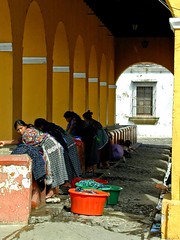
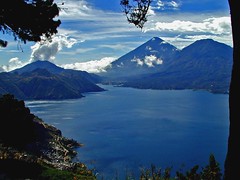


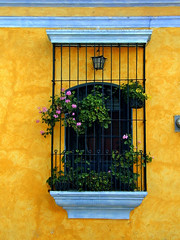


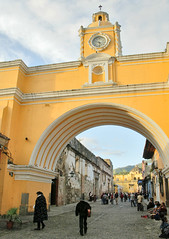
![Reblog this post [with Zemanta]](http://img.zemanta.com/reblog_e.png?x-id=424efee3-023f-4fd6-bb4b-1e6272ddab92)
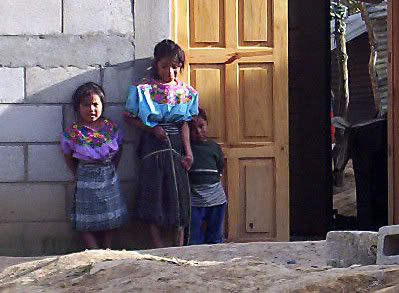
![Reblog this post [with Zemanta]](http://img.zemanta.com/reblog_e.png?x-id=824786e4-3d47-457b-bbf9-750b612d50cf)
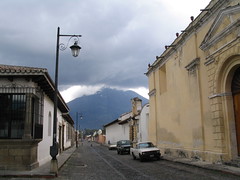
![Reblog this post [with Zemanta]](http://img.zemanta.com/reblog_e.png?x-id=77e9273c-badb-40ca-9a67-5158942dca2f)
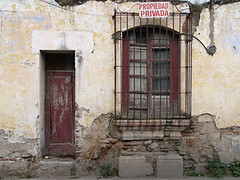
![Reblog this post [with Zemanta]](http://img.zemanta.com/reblog_e.png?x-id=c8b28656-da2a-4022-a818-d969af25249d)

![Reblog this post [with Zemanta]](http://img.zemanta.com/reblog_e.png?x-id=fddbab95-6fc1-456f-bfd4-2068d89b1b9d)





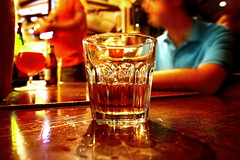
![Reblog this post [with Zemanta]](http://img.zemanta.com/reblog_e.png?x-id=ebc4d9cb-67e6-4a5d-88c3-e0e04749f701)
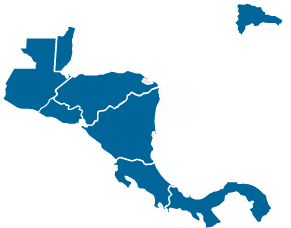
![Reblog this post [with Zemanta]](http://img.zemanta.com/reblog_e.png?x-id=37cdaa57-9fb7-46d5-acb6-9c846488d779)


![Reblog this post [with Zemanta]](http://img.zemanta.com/reblog_e.png?x-id=928b6928-d329-4d87-a4eb-fec3a51d1c55)



![Reblog this post [with Zemanta]](http://img.zemanta.com/reblog_e.png?x-id=ef8c62a8-1e07-4c48-885d-bddb60d13317)
